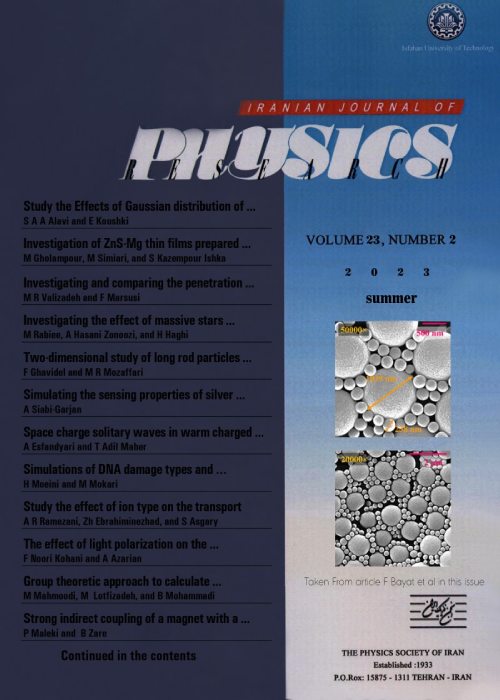Measuring the ultrashallow profiles of P implants into Si
We have initiated a study to extract concentration profiles of ultra shallow phosphorous implants in silicon complementing published work on ultra shallow boron implant profiles. There is an ever-increasing interest in the production of p-n junctions in silicon to create the new generations of ultra large scale integrated (ULSI) devices. Such junctions can be formed by implantation do pants (such as B, P, and As) at lowered energies. Development of design tools and process implementation both require that accurate methods be available for confirming absolute do pant profiles. Traditionally, profiles have been extracted through the use of secondary ion mass spectroscopy (SIMS), Rutherford backscattering spectroscopy (RBS), nuclear reaction analysis (NRA) and electrical measurements such as spreading resistance profilometry. Results of ion implanted species can be checked by SIMS (J.G.M. van Berkum, et al Vac. Sci. Technol. B16 (1998) 298). However, the analysis of ultra shallow implants by standard SIMS techniques is not straightforward and is weak in quantitative measurements. There are several reasons for this. First, standard methods of SIMS are hampered by limits on the instrumental sensitivity, which may not be adequate to examine very low-dose implants. Second, the accuracy in quantifying standard SIMS at very shallow depth is limited, due to an initial transitional region within which the sample composition equilibrates with the primary ion beam. This initial equilibration is characteristic of the SIMS technique, and is highly reproducible. Considerable effort has been expended in understanding the details of the equilibrium process, nevertheless, it is complicated even in the simplest of situations and continues to present problems for accurate quantification. Third, in specific situations high mass resolution required to separate the species of interest, or its proxy, from other mass groups, including impurity groups. Although there has been many investigations to extract quantitative profiles by SIMS using relative sensitivity factors (RSF), they can be reproduced 20-30% under more controlled conditions (R.G. Wilson, S.W. Novak, J. Appl. Phys. 69 (1991) 466). However, there is a need for other methods to normalize SIMS results.
- حق عضویت دریافتی صرف حمایت از نشریات عضو و نگهداری، تکمیل و توسعه مگیران میشود.
- پرداخت حق اشتراک و دانلود مقالات اجازه بازنشر آن در سایر رسانههای چاپی و دیجیتال را به کاربر نمیدهد.


